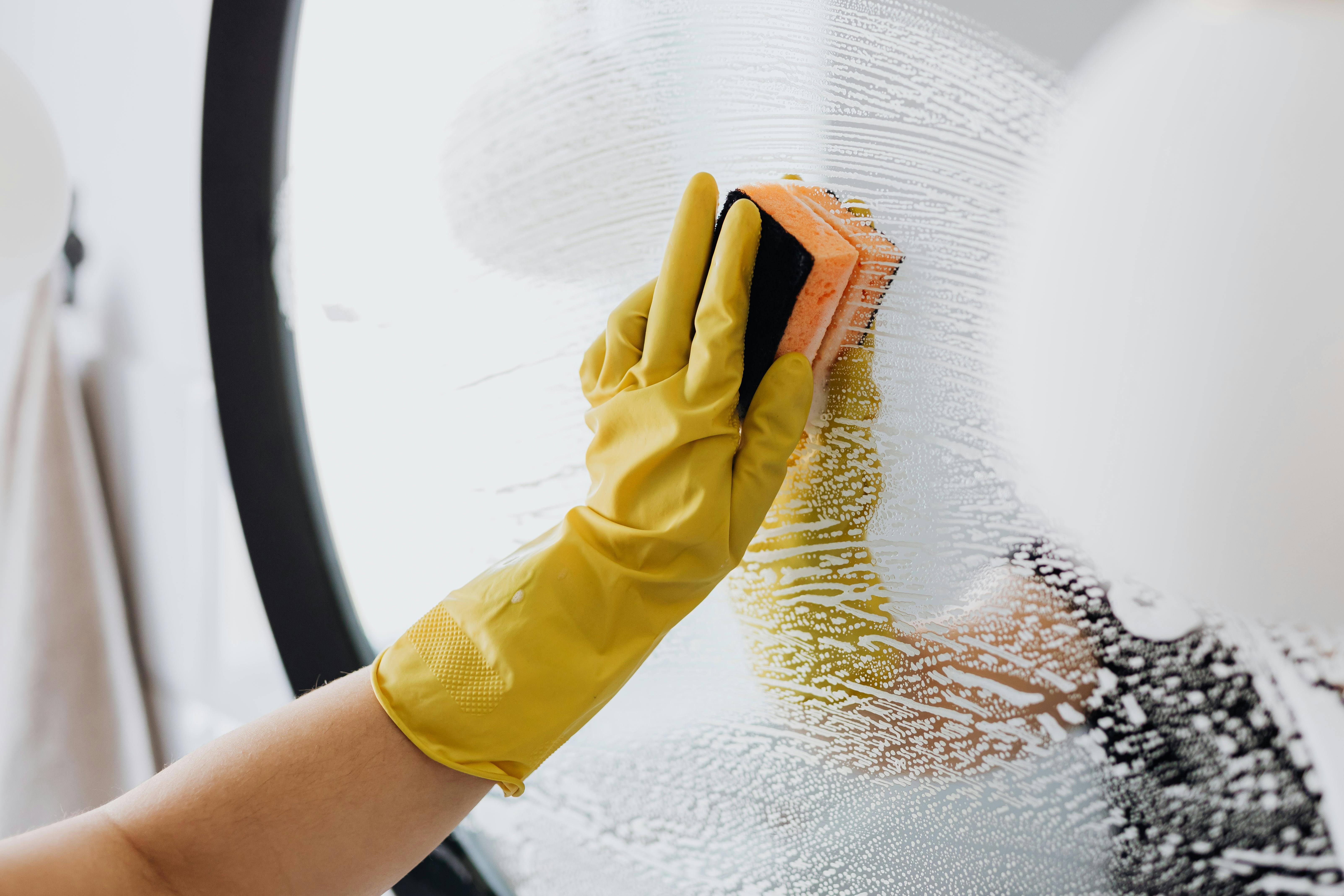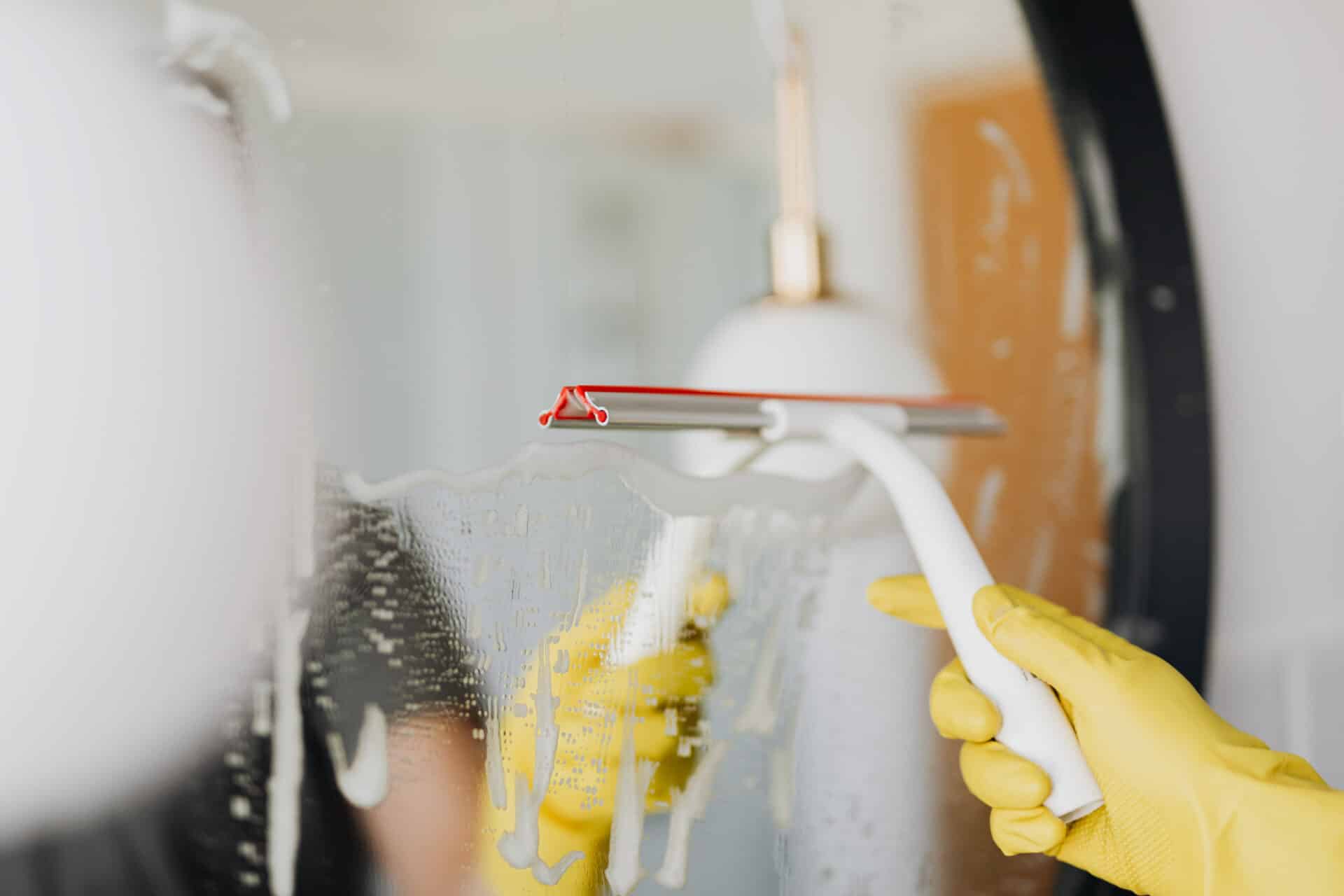Distilling water is a process that is used to purify and remove impurities from water. This process involves boiling the water and then collecting the steam, which contains pure water, and cooling it back into liquid form. The impurities are left behind in the boiling pot. Distilled water has many uses, from drinking and cooking to medical applications, but does it actually remove all impurities from the water? In this article, we will discuss how effective distilling water is at removing impurities.Distillation is a process of separating the components or substances from a liquid mixture by using selective boiling and condensation. It involves heating the mixture to its boiling point, allowing the vapors to rise and cooling them back into a liquid form. The components of the mixture have different boiling points, so they can be separated from each other. Distillation is used in many industries for purifying liquids, such as water, alcohol, essential oils, and gasoline.
How Does Water Distillation Work?
Water distillation is a process used to purify water by removing impurities and contaminants. It involves heating up water until it reaches a boiling point, and then collecting the resulting vapor, which is then condensed back into liquid water. This method of purification has been used for centuries, and is an effective way to remove certain types of pollutants from water.
The distillation process works by taking advantage of the differences between the boiling points of various compounds in the water. As water is heated, it begins to boil at around 212°F (100°C). As it boils, the vapor produced contains fewer impurities than the liquid water since some substances in the liquid have higher boiling points than others. Therefore, as the vapor rises, these substances are left behind in the liquid phase.
Once collected, this vapor is then cooled back down into a liquid form again. This condensed form of purified liquid can be collected and used as drinking or cooking water. The distillation process also removes bacteria and other microorganisms from the original liquid due to their inability to survive at higher temperatures.
Overall, distillation is an effective
Can Distilled Water Remove Impurities?
Yes, distilled water can effectively remove impurities from water. Distillation is the process of heating the water until it vaporizes and then condensing the vapor into a clean container. During this process, impurities such as salts, heavy metals, and organic compounds are left behind in the original container. The resulting distilled water is free of impurities and has a clean, pure taste.
In addition to removing impurities, distillation also kills microorganisms such as bacteria and viruses that may be present in the water. This makes distilled water an ideal choice for use in medical applications where it may come into contact with open wounds or other sensitive areas of the body.
Distilled water is also used in the production of many everyday items such as foods, beverages, pharmaceuticals and cosmetics. It is also used to prepare many cleaning solutions for use around the home or workplace due to its ability to rinse away dirt and grime without leaving any residue behind.
Overall, distilled water is an effective way to remove impurities from water and make it safe for various uses. It is often preferred over tap or bottled waters due to
What Kinds of Impurities Does Distilled Water Remove?
Distilled water is a type of purified water that has had both impurities and minerals removed. It is achieved by boiling the water and then condensing the steam into a clean container. The end result is a nearly sterile solution that is free from any contaminants, minerals, or pollutants. The process of distillation removes any impurities such as heavy metals, salts, sediments, and other dissolved solids. It also eliminates bacteria, protozoa, and viruses from the water. In addition to this, it can also reduce the level of certain gases such as chlorine and sulfur dioxide in the water. Distilled water has many uses and is considered to be one of the purest forms of drinking water available.
Distillation can be used to remove many types of impurities from water including organic compounds such as pesticides and herbicides as well as inorganic compounds such as nitrates and sulfates. It can also help reduce levels of lead, mercury, arsenic, and other heavy metals found in drinking water supplies. Additionally, it can reduce levels of chlorine in swimming pool water which makes it safer for
Advantages of Distilling Water
Distilling water has many advantages, such as improving the quality of drinking water, removing impurities, and eliminating contaminants. It is a reliable and effective way to purify water. Distilling water removes all types of impurities, including chemicals, heavy metals, and pollutants. Additionally, it eliminates bacteria and viruses that can cause illness.
Distilled water is purer than other types of water because it has undergone a thorough purification process. During the distillation process, the temperature is increased until it reaches boiling point. This causes the impurities in the water to be vaporized and separated from the pure H2O molecules. The vaporized particles are then collected in a separate container for discarding or recycling.
The distillation process also removes minerals from the water that can cause an unpleasant taste or odor. This makes it ideal for use in cooking and drinking as it does not contain any mineral deposits or sediment that could affect its flavor or smell. Additionally, distilled water does not contain chlorine or other chemicals used to treat tap water which can give it an unpleasant taste or smell.
Overall, distilling water is

What Are the Disadvantages of Distilling Water?
Distilled water has a number of drawbacks. The process of distillation removes minerals and other beneficial compounds from the water. This means that distilled water is not as healthy to drink as regular tap or mineral water. Additionally, distillation requires a significant amount of energy to complete, making it an inefficient and expensive process. Furthermore, it takes a considerable amount of time to produce distilled water, which can make it impractical for many people. Finally, distilled water does not taste as good as regular tap or mineral water due to the lack of minerals and other compounds.
In summary, the main disadvantages of distilling water are that it removes beneficial minerals and compounds from the water, it is energy intensive and expensive, it takes a long time to produce, and the taste is not as good as regular tap or mineral water.
Is There a Better Way to Purify Water Than Distillation?
Distillation is an effective way to purify water, but it is not the only option available. Other methods of water purification can be used depending on the application and the desired outcome. For example, reverse osmosis removes impurities from water by forcing it through a semi-permeable membrane. This process removes most contaminants but is not as effective at removing dissolved minerals and salts. Carbon filtration is another option that uses a carbon filter to remove contaminants and improve taste. Ultraviolet light can also be used to kill bacteria and other microorganisms, while ozonation can help reduce chemical compounds like chlorine from water supplies. Each of these methods has its own advantages and disadvantages, so it is important to consider all of them before making a decision about which one to use for your specific needs.
No matter what method you choose for purifying water, it is important to ensure that it meets safety standards and that the equipment used is properly maintained. It is also important to remember that distillation may not be the best option in all cases, as there are other methods available that can
Boiling and Distilling: Similarities and Differences
Both boiling and distilling are processes used to separate liquids from solids. Boiling involves heating a liquid until it reaches its boiling point and then condensing the vapor that is released. Distilling is a process of separating different liquids from each other by taking advantage of their different boiling points. Both processes involve heating the liquid to its boiling point, but distilling requires additional steps in order to separate out the various components of the mixture.
The primary similarity between boiling and distilling is that both involve heating a liquid to its boiling point. This causes the liquid to vaporize, which can then be condensed back into a liquid form. Boiling does not usually involve any additional steps, while distilling does require further steps in order to achieve separation of the components of the mixture.
The primary difference between boiling and distilling is that distillation involves additional steps in order to separate out the various components of the mixture. Distillation involves cooling down the vaporized liquid so that it condenses back into a liquid form, while separating out any impurities or solids along the

Conclusion
The process of distilling water does remove some impurities that are present in the source water. However, it does not remove all of them, and care must be taken to ensure that distillation is done properly and that the final output product is safe for human consumption. In addition, distillation does not address the problem of chemical contamination from sources such as agricultural runoff or industrial waste. For these situations, other methods such as filtration and reverse osmosis may be more effective at removing these contaminants.
In conclusion, while distilling can be a useful tool in providing clean drinking water, it is not a complete solution to ensuring safe drinking water for all. Other methods should be considered to ensure that the water supplies are free from contamination and pollutants.

